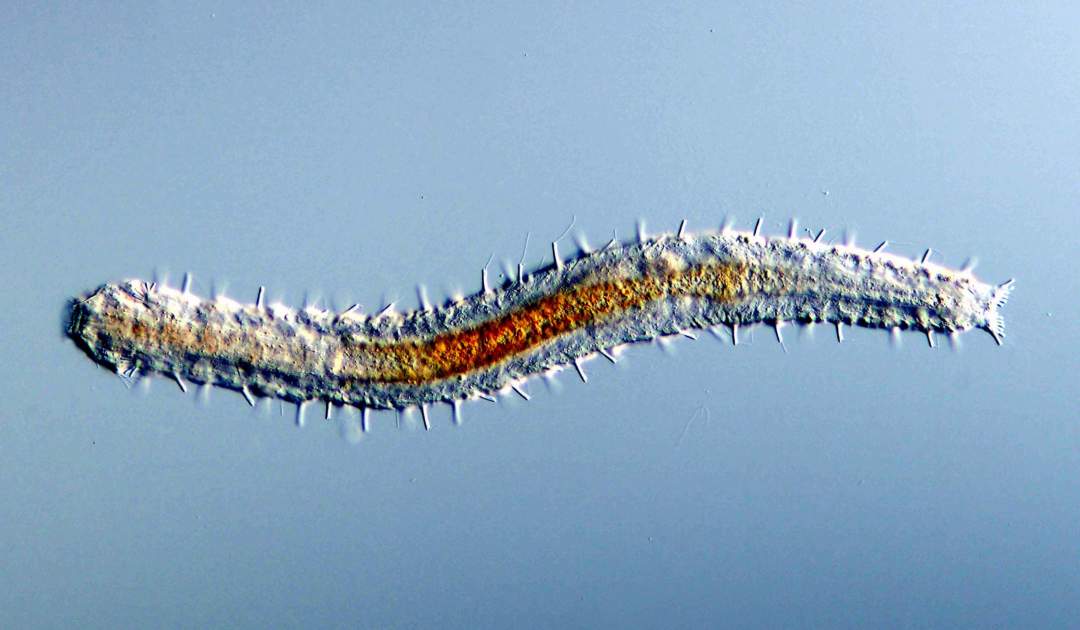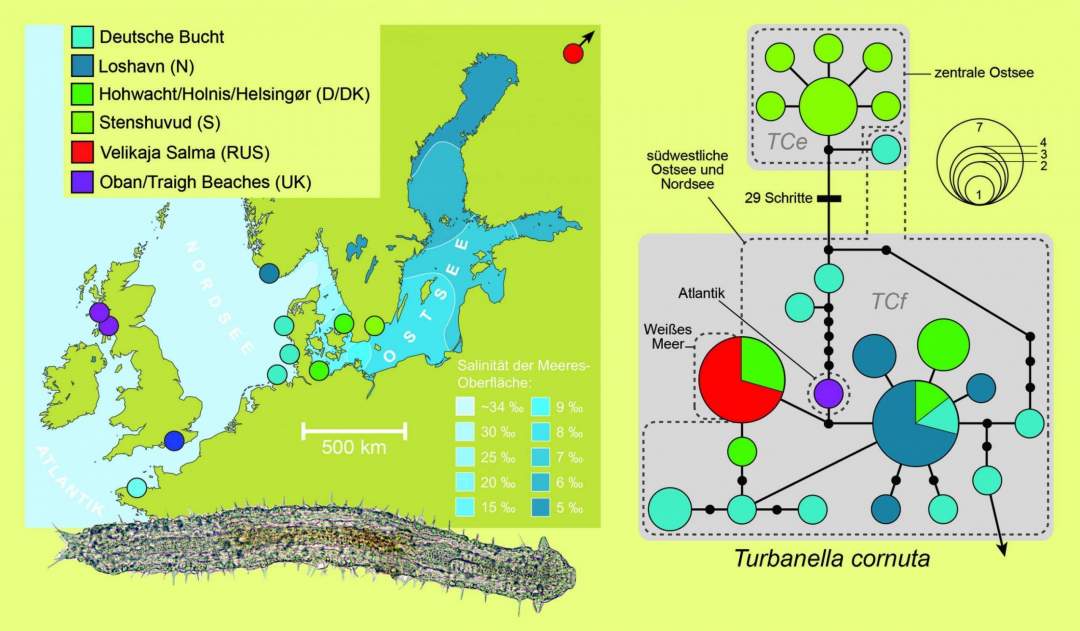Phylogeography of Meiofauna
Phylogeography is a rather young field of research that studies the spatial distribution and relationships of intraspecific lineages. Created as a neologism of the two terms ‘phylogeny’ and ‘biogeography’, it is nevertheless well-separated from the historic biogeography.
By using different genetic markers, at present usually DNA sequences of mitochondrial genes, phylogeography focuses on the genetic diversity within and between geographic populations of a species.
Each individual of a population represents a particular genetic variant, a so-called haplotype. While some variants are quite frequent, others are less. Moreover, the geographic distribution of different haplotypes is very heterogeneous. Some are widely dispersed and others can only be found in a narrow region. Different methods for analysing the relationships between haplotypes permit a link between spatial and temporal aspects. One important aim of phylogeography is to identify historic processes that have caused the contemporary distribution and degree of genetic diversity, e.g. geographic isolation of populations, range expansions or a genetic depletion due to colonisation processes (genetic bottleneck).
The identification of glacial refugia is another topic of this discipline. A strict separation of intraspecific and interspecific patterns is oftentimes not feasible. The systematic and distribution of closely related species, the occurrence of cryptic species, and patterns of speciation in general are explored, too. In terms of the spatio-temporal distribution of their genetic diversity, species of the meiofauna are very interesting study objects. While usually less than 1mm in size, these organisms theoretically possess a high dispersal capacity. Apparently, this could be true for freshwater meiofauna whereas most of the marine species lack any active or passive dispersal stage and should therefore only have a low dispersal potential.
Imaginable consequences would be a global genetic homogeneity on the one hand, on the other a well-differentiated geographic structure that, for instance, may influence the formation of new species. Taking the Gastrotricha as an example, but also further taxa such as the interstitial microscopic crustaceans of the group Mystacocarida, such processes and patterns are studied in the division for Evolution and Biogeography of Meiofauna.

